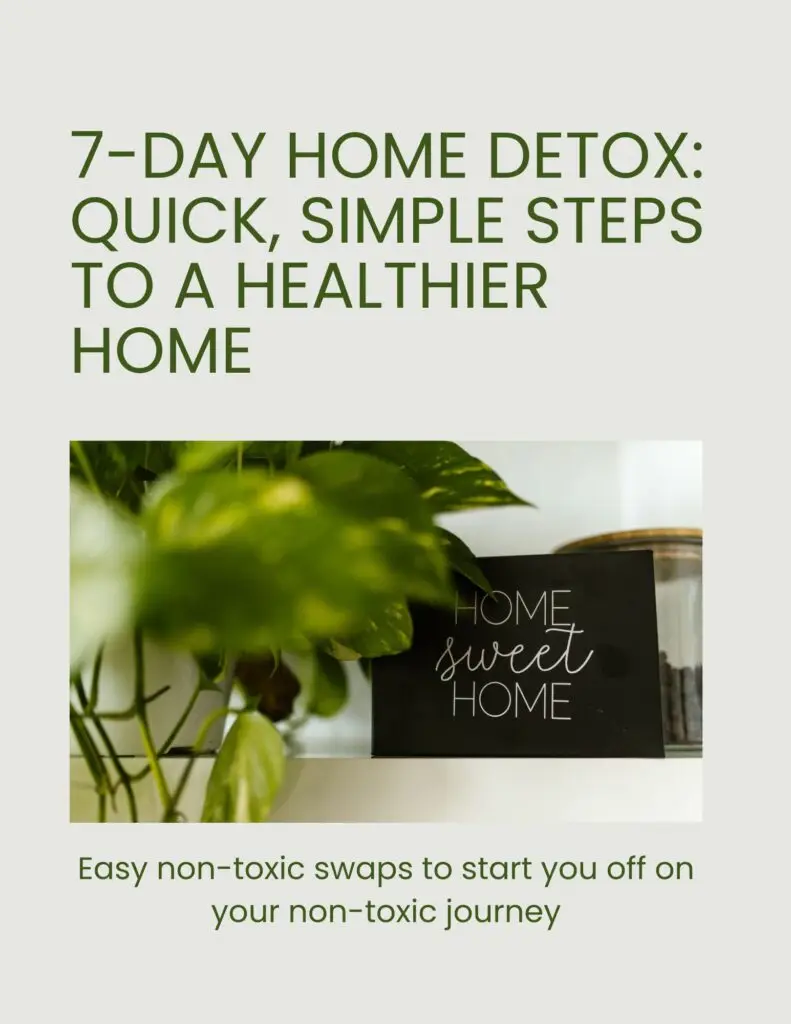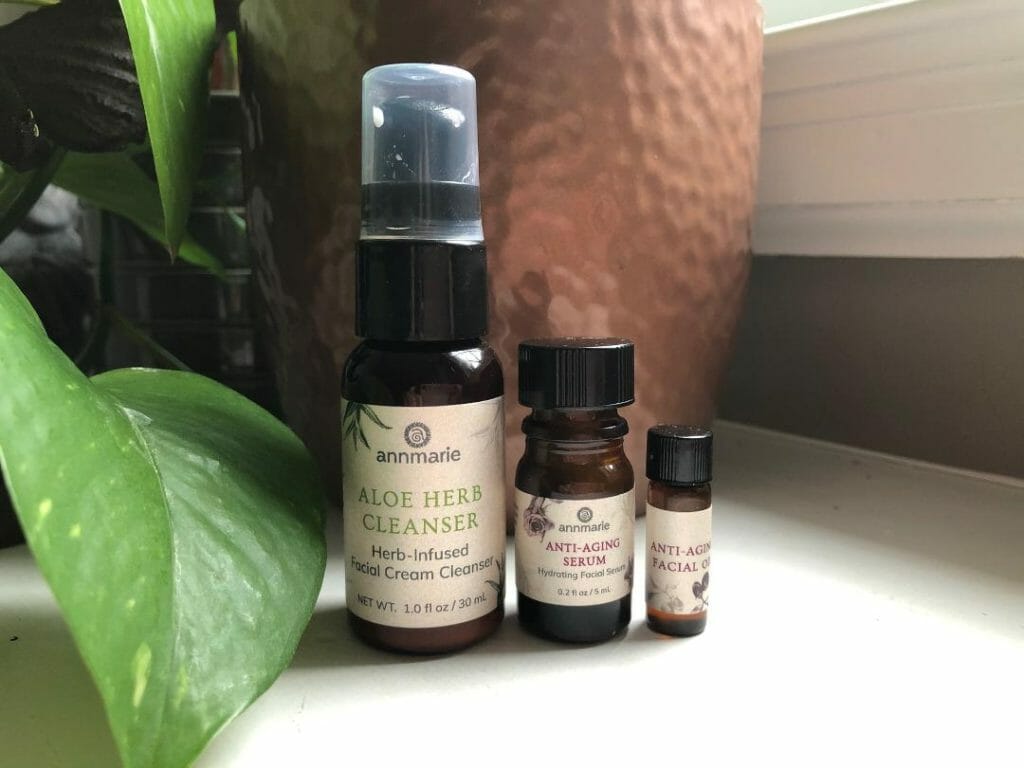In the quest for flawless, wrinkle free skin, we often reach for the latest skincare products promising big time transformations.
But, what many of us don’t realize is that some of these products may contain toxic ingredients that could do more harm than good.
Let’s explore the importance of staying away from these harmful ingredients, why they’re allowed in skincare products in the first place, and I will let you know of the top ten toxic ingredients to avoid. Plus, I will recommend ten safer skincare lines that are less toxic, have natural ingredients and that still get the job done.
Understanding the Laws on Skincare Ingredients
Before diving into the harmful ingredients, it’s essential to understand why they are present in products in the first place.
The regulatory landscape around skincare ingredients varies widely from one country to another. In the United States, for example, the FDA does not require pre-market approval for cosmetic products and ingredients (except for color additives). This means companies can use a huge range of ingredients without stringent safety testing.
The lack of strict regulation allows manufacturers to use cheaper, potentially harmful ingredients to cut costs. However, consumer awareness and demand for safer products are on the rise, pushing the industry towards more transparency and safety.
Why It’s Important to Avoid Toxic Skincare Ingredients
The skin is our largest organ, and what we apply to it can be absorbed into the bloodstream. Long term use of these ingredients can lead to health issues ranging from skin irritation to hormonal imbalances and even cancer. By choosing products with safer ingredients, you not only protect your skin, but you are also protecting your insides.
Top 10 Toxic Skincare Ingredients to Avoid

1. Parabens
What They Are: Parabens are preservatives used to prevent the growth of bacteria and mold.
Health Concerns: They mimic estrogen in the body, potentially disrupting hormone function and increasing the risk of breast cancer.
Safer Alternative: Look for products labeled “paraben-free” or choose those with natural preservatives like grapefruit seed extract.
2. Phthalates
What They Are: Phthalates are used to increase the flexibility and longevity of plastics and are often found in synthetic fragrances.
Health Concerns: They are endocrine disruptors associated with reproductive and developmental issues.
Safer Alternative: Look for products that use essential oils for fragrance instead of synthetic ones.
3. Sodium Lauryl Sulfate (SLS) and Sodium Laureth Sulfate (SLES)
What They Are: These are surfactants used in cleansers for their foaming properties.
Health Concerns: They can cause skin irritation and trigger allergies.
Safer Alternative: Choose products with natural foaming agents like Sodium Coco Sulfate.
4. Formaldehyde
What It Is: A preservative used to prevent bacterial growth.
Health Concerns: It can cause allergic reactions and has been linked to cancer.
Safer Alternative: Seek out formaldehyde-free products, often using safer preservatives such as rosemary and tea tree oil
5. Polyethylene Glycols (PEGs)
What They Are: These are petroleum-based compounds used as thickeners, solvents, and softeners.
Health Concerns: They can be contaminated with carcinogenic substances.
Safer Alternative: Look for PEG-free products and seek natural thickeners like xanthan gum.
6. Oxybenzone
What It Is: A common ingredient in chemical sunscreens.
Health Concerns: It can cause hormonal disruption and allergic reactions.
Safer Alternative: Opt for mineral sunscreens containing zinc oxide or titanium dioxide.
7. Triclosan
What It Is: An antibacterial agent used in soaps and hand sanitizers.
Health Concerns: It can contribute to antibiotic resistance and disrupt thyroid function.
Safer Alternative: Use products with natural antibacterial ingredients such as tea tree oil.
8. Synthetic Fragrances
What They Are: Man-made scents used to enhance product aroma.
Health Concerns: They can cause allergic reactions and contain phthalates.
Safer Alternative: Choose products that list essential oils as their source of fragrance.
9. Toluene
What It Is: A solvent found in nail polish and hair dyes.
Health Concerns: It can affect the respiratory system, cause skin irritation, and has been linked to developmental harm.
Safer Alternative: Look for “3-free” nail polishes, which exclude toluene, formaldehyde, and dibutyl phthalate. There are even “5-free” and “6-free” products available.
10. Hydroquinone
What It Is: A skin-lightening agent used for reducing pigmentation.
Health Concerns: It can cause skin irritation and has been linked to cancer.
Safer Alternative: Use products with natural brightening ingredients such as vitamin C or licorice extract.
Top 10 Safer Skincare Lines

- Annmarie Gianni Skincare: Known for its 100% natural and non-toxic ingredients.
- Drunk Elephant: A cult favorite for its commitment to clean-clinical skincare.
- Herbivore Botanicals: Offers plant-based, organic skincare products.
- MyChelle Dermaceuticals: Has products for all skin types.
- Ursa Major: Formulated for all skin types. Non-toxic and cruelty free.
- OSEA: Focuses on seaweed-based skincare with sustainable practices.
- Alpyn Beauty: Sustainably hand-harvested wild plant ingredients.
- Acure: Offers affordable, botanically based skincare.
- Pai Skincare: Specializes in products for sensitive skin with organic ingredients.
- True Botanicals: Uses a blend of natural and organic ingredients, clinically tested for efficacy.
Use An App To Find Less Toxic Skincare
One of my favorite apps to use to find safer, less toxic alternatives is Clearya. They are the only one that I trust!
They can alert you on ingredients linked with cancer, infertility, baby developmental harm, hormone imbalance, chemicals that are banned in Europe, ingredients that may cause an allergic reaction and more.
They help you shop safer whether you are in the store or shopping online.
The Wrap Up
Navigating the world of skincare can feel overwhelming, especially when you’re just learning about the potential toxins lurking in products.
By educating yourself on harmful ingredients and choosing safer alternatives, you can make better decisions that benefit your skin and overall health.
As you start out on this journey to toxin-free living, consider the products you use and their impact on your overall health.
Want More Non-Toxic Tips? Download the Free “7-Day Home Detox Guide”
Looking to make changes in other areas of your home? My free “7-Day Home Detox Guide” offers simple, low-cost steps to make your home healthier, one day at a time.
Get it here to start building a non-toxic lifestyle that works for you!

Where to Go from Here: Resources to Keep You Empowered
Your non-toxic journey doesn’t have to be a lonely one.
You can stay connected on social media Facebook | Pinterest | Instagram where I share daily tips, product recommendations, and encouraging messages to keep you inspired on your journey.
And if you’re looking for trustworthy, non-toxic products to add to your routine, my online shop is curated with only the best low-toxic and non-toxic items I personally use and recommend.
Get started:
– Follow on social media: Facebook | Pinterest | Instagram
– Shop Curated Non-Toxic Products.


